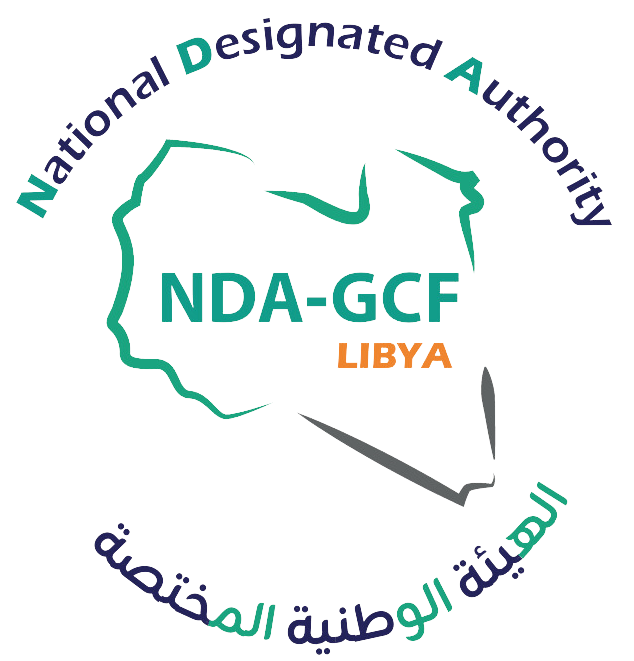GCF Project Cycle
GCF Activities
Green Climate Fund Project Cycle
The Green Climate Fund (GCF) follows a structured project cycle consisting of several key stages, from initial design to implementation and evaluation. This process ensures that funded projects align with the GCF’s strategic goals and effectively address climate challenges.
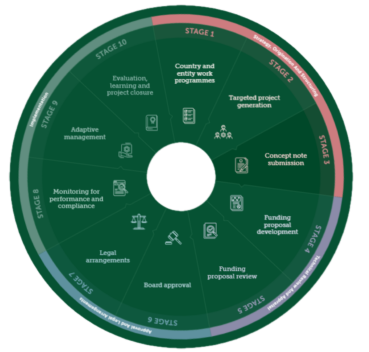
Trategy, Origination, and Structuring
Key Actors: National Designated Authorities (NDAs), Accredited Entities (AEs), GCF
- Country Programmes (CPs): Governments, through NDAs, define national priorities, assess financial needs, and identify AEs or partners to design and implement funding proposals.
- Entity Work Programmes (EWPs): AEs develop programmes outlining planned activities to be funded by the GCF, ensuring alignment with national priorities and the GCF strategic plan.
The GCF Secretariat facilitates structured dialogues to align country priorities with GCF result areas and AE expertise. Support is also available through the Readiness and Preparatory Support Programme to help develop concept notes.
Key Actors: NDAs, AEs, GCF
This step supports the development of funding proposals that meet GCF criteria through:
- Targeted Calls for Proposals: The GCF Board approves specific calls with allocated funding envelopes, defining eligibility criteria and approval processes.
- Innovative Partnerships: The GCF collaborates with project preparation platforms and non-accredited organizations to develop bankable project ideas, particularly for initiatives considered “non-bankable” by traditional investors.
Technical Review and Assessment
Key Actors: NDAs, AEs
Although optional, submitting a Concept Note (CN) is highly encouraged to:
- Obtain preliminary feedback from the Secretariat on project alignment with GCF investment criteria.
- Reduce review time and transaction costs later in the process.
CNs should be developed in close collaboration between AEs and NDAs to ensure alignment with national priorities.
Key Actor: AE
The Funding Proposal (FP) must demonstrate:
- Compliance with the GCF Investment Framework and Results Management Framework.
- A thorough due diligence process, including technical, financial, economic, environmental, and social assessments.
FPs must be accompanied by a No-Objection Letter from the relevant NDA, confirming project alignment with national priorities.
Key Actors: GCF Secretariat, Independent Technical Advisory Panel (iTAP)
The review process includes:
- An initial assessment by the Secretariat to verify completeness and compliance.
- A detailed technical evaluation by iTAP, leading to recommendations for the GCF Board.
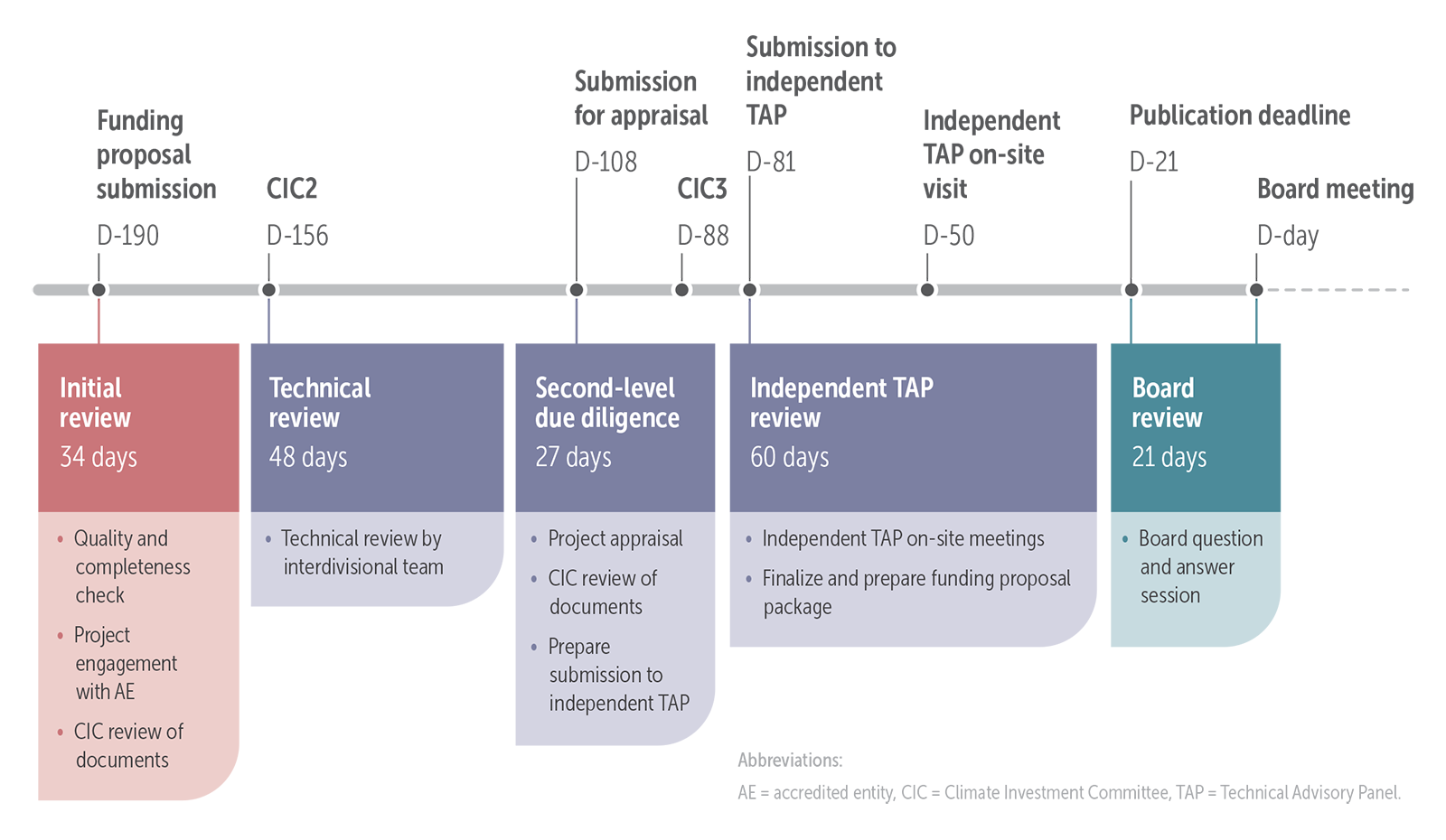
Approval and Legal Arrangements
Key Actor: GCF Board
The Board reviews submitted FPs and decides on their approval. AEs may be invited to respond to questions or concerns raised by Board members or observers.
Key Actors: AEs, GCF
After approval, a Funded Activity Agreement (FAA) is negotiated and signed between the GCF and the AE, outlining project implementation terms. This agreement becomes effective once all agreed-upon conditions are met.
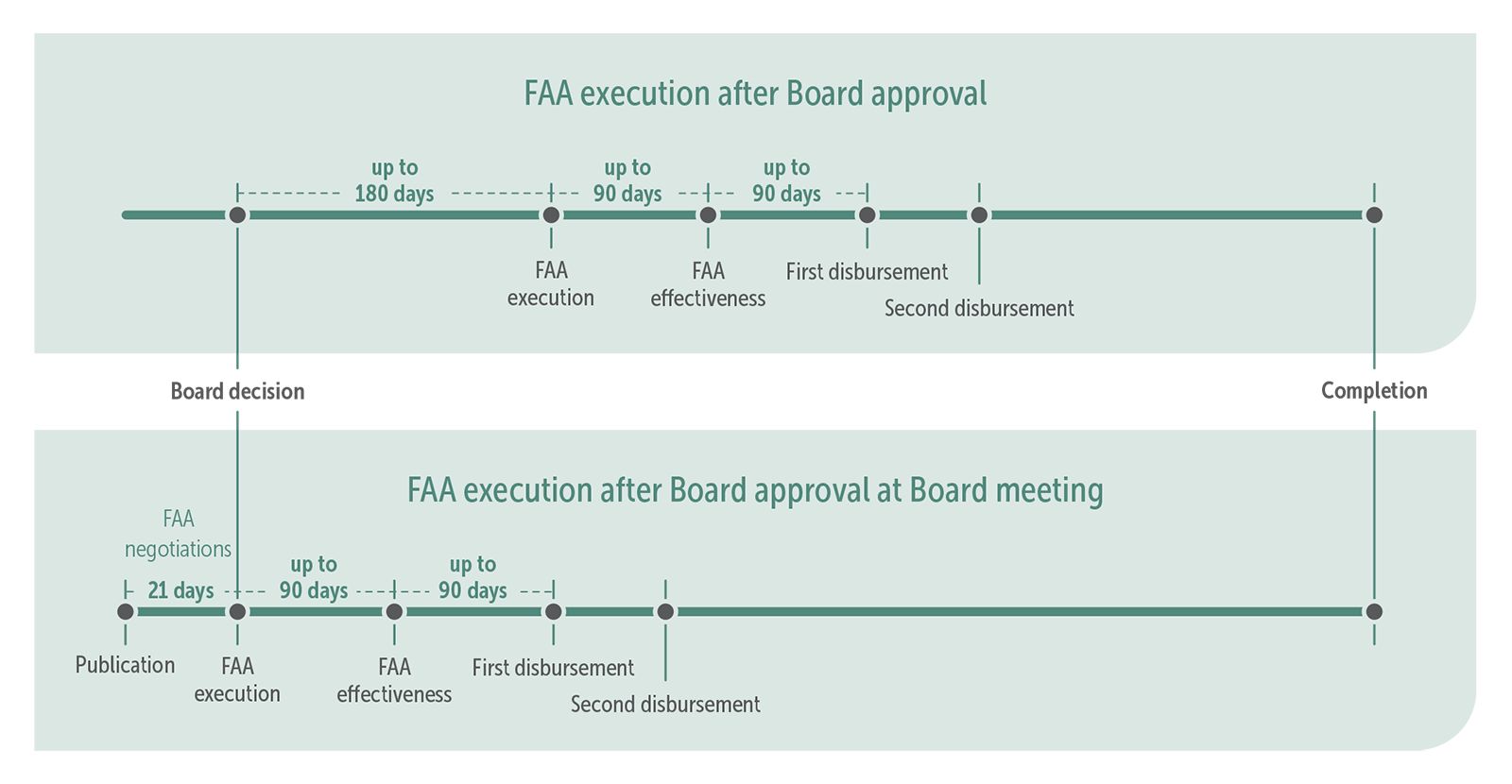
Implementation
Key Actors: AEs, GCF
Project implementation is monitored to:
- Ensure compliance with GCF accreditation standards.
- Assess progress through annual performance reports submitted by AEs.
Key Actors: AEs, GCF
If risks or issues are identified, corrective measures are taken. If unresolved, additional actions may be implemented, potentially leading to the suspension of AE accreditation or project funding.
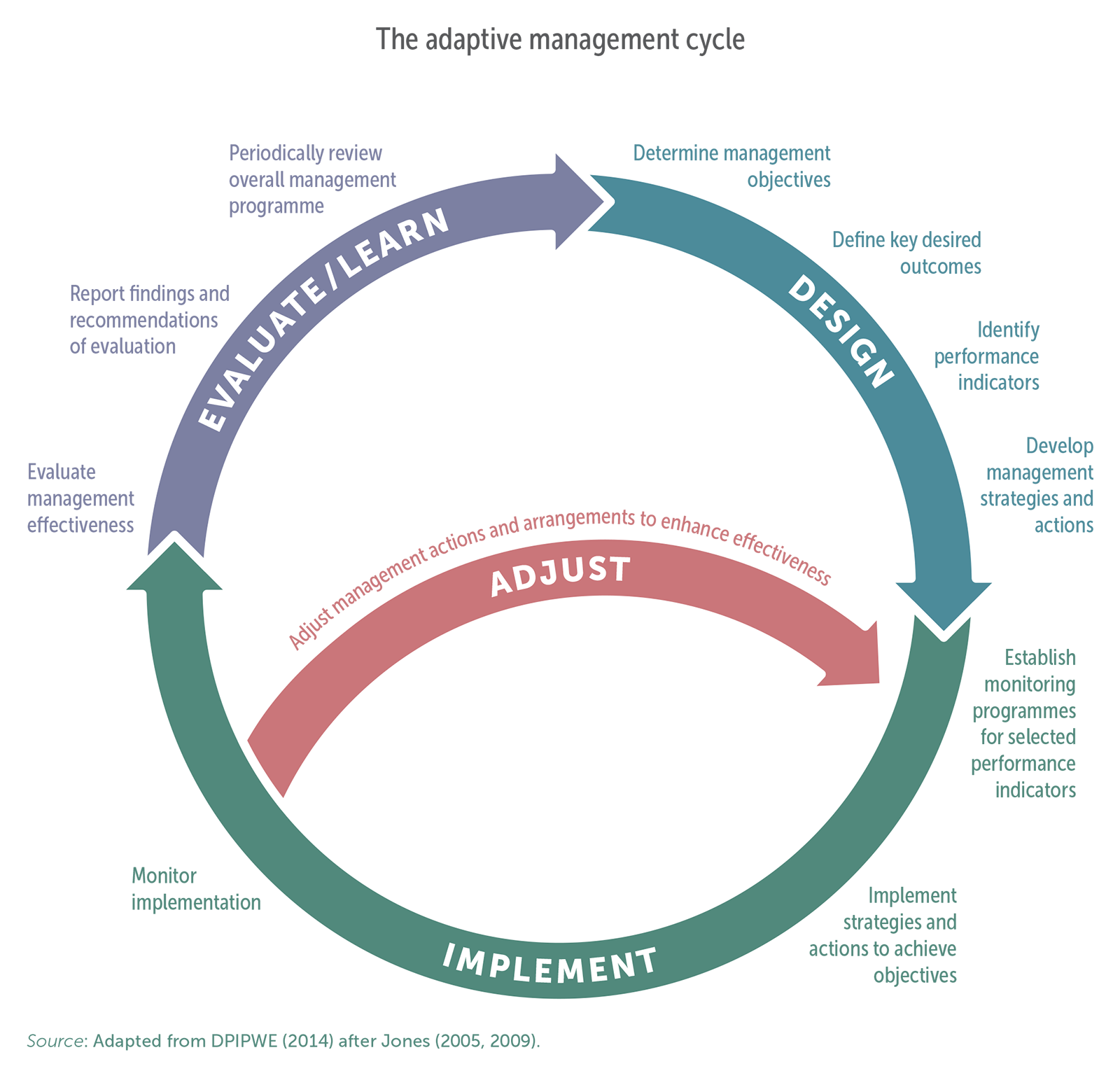
Key Actors: AEs, GCF
At project closure:
- Independent evaluations are conducted to measure outcomes and impacts.
- Lessons learned are synthesized to inform future initiatives.
- Closure reports and audits are submitted, and an exit strategy is executed per the FAA.
